Sharing the results from my latest Moth Trap Session. I have written posts about setting up a moth trap and on collecting the results if you want some more background info on how and why I use a Moth Trap


Date: 28th August 2022
Weather:
Its been 2 weeks since the last moth trap session... I missed the last weekend as I was tired. To be honest I'm still tired this weekend (due to chaos at work) but it is at least a Bank Holiday here in the UK, which means I have an extra day of rest (and therefore a extra night for fun stuff!)
The weather this week has been close to what is expected for the time of year. The cray heatwaves have mostly disappeared, and its now comfortably warm during the day and much much cooler overnight. We have had some rain, the form of a couple very violent thunderstorms... but to be honest, we still need more.
The wind is light and there's plenty of cloud cover so its pretty good conditions out there.
As the year is progressing, we are now fast approaching Autumn, and there should be some different species of moth to see out there...here we go!
Results: 81 moths of 21 species
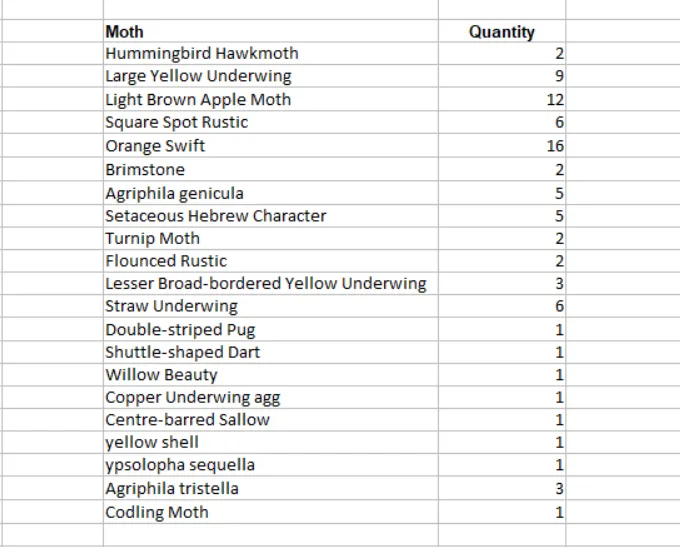
Summary of Results:
Well, the first thing that is immediately apparent... there were only 21 species of moth recorded. But there were 81 individuals seen, which shows that weather conditions were favorable, even if there wasn't a great deal of variety.

Orange Swift - Triodia sylvina
The most numerous was the Orange Swift. These often arrive at the trap just after dusk, so within 20 minutes after the sun set, I had 15 males and 1 lone female.
Remember from my previous post that the species is sexually dimorphic, which means that there is physical difference between males and females. The above moth is male as he is bright orange, the female is a dull beige colour.
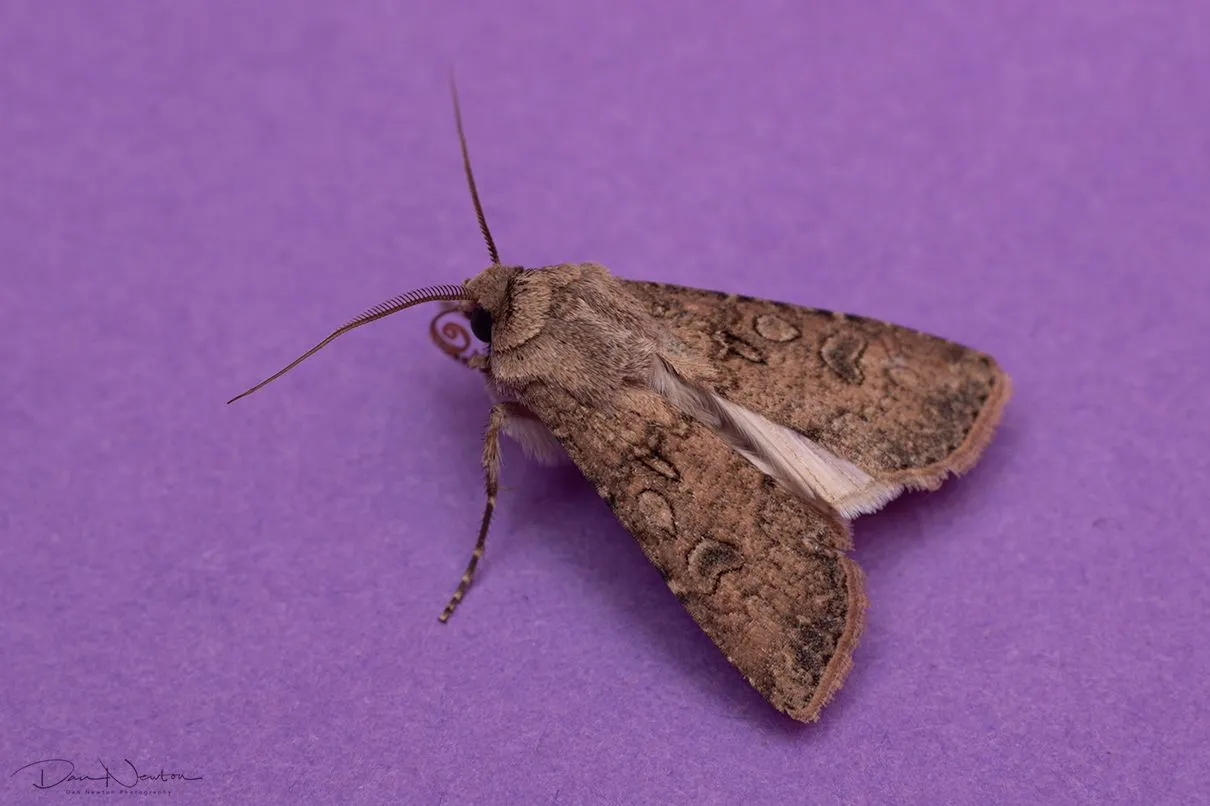
Turnip Moth - Agrotis segetum
Next is a Turnip Moth. These can be variable... the one above is a light brownish colour, some individuals can be a dark brown. So dark in fact that it is difficult to make out the patterns on the hind wings. They all have a brilliant white underwings, which you can just make out here, and this helps in ID-ing this species.
For the rest of the evening, there were plenty of moths to see, but nothing overly exciting. I know all records are important... but some moths are just a bit more interesting than others.
And of course, I want to catch something new!
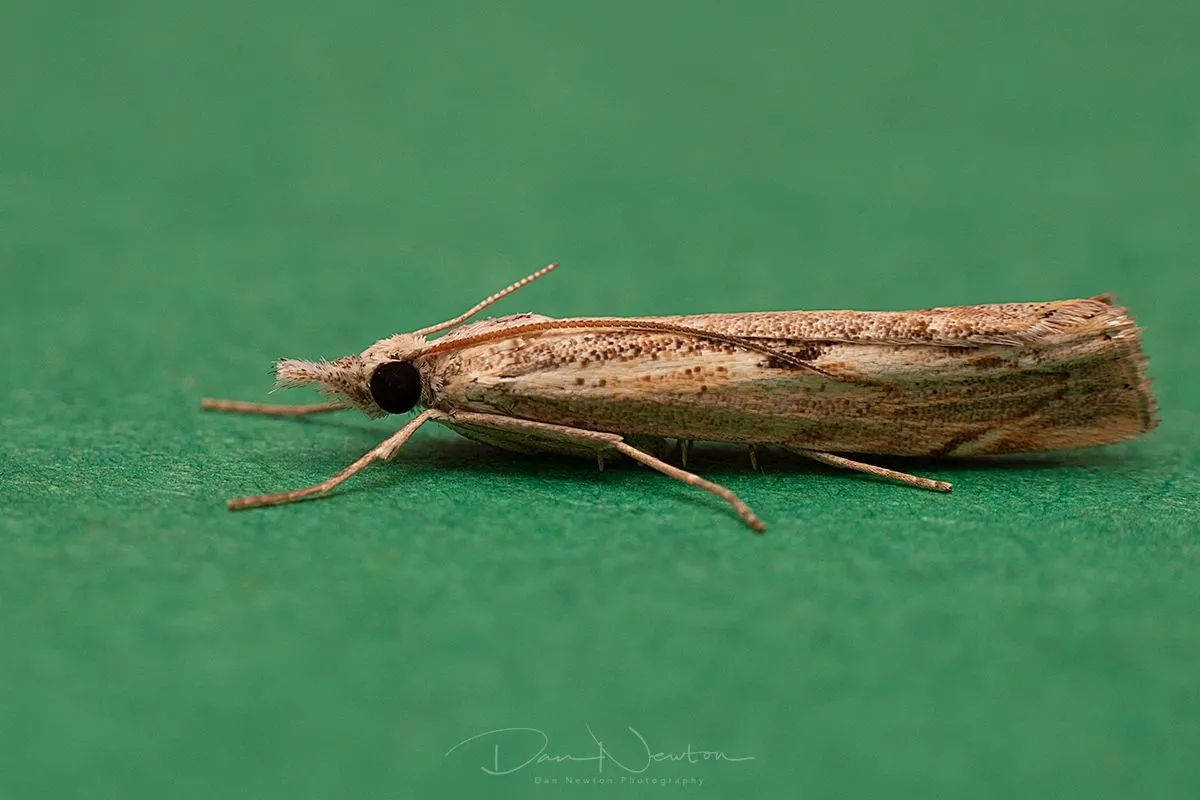
Agriphila geniculea - one of the Grass Veneer moths
This is 'new for year' (ie, it is the first time I have recorded this species this year) but that's not exciting enough....
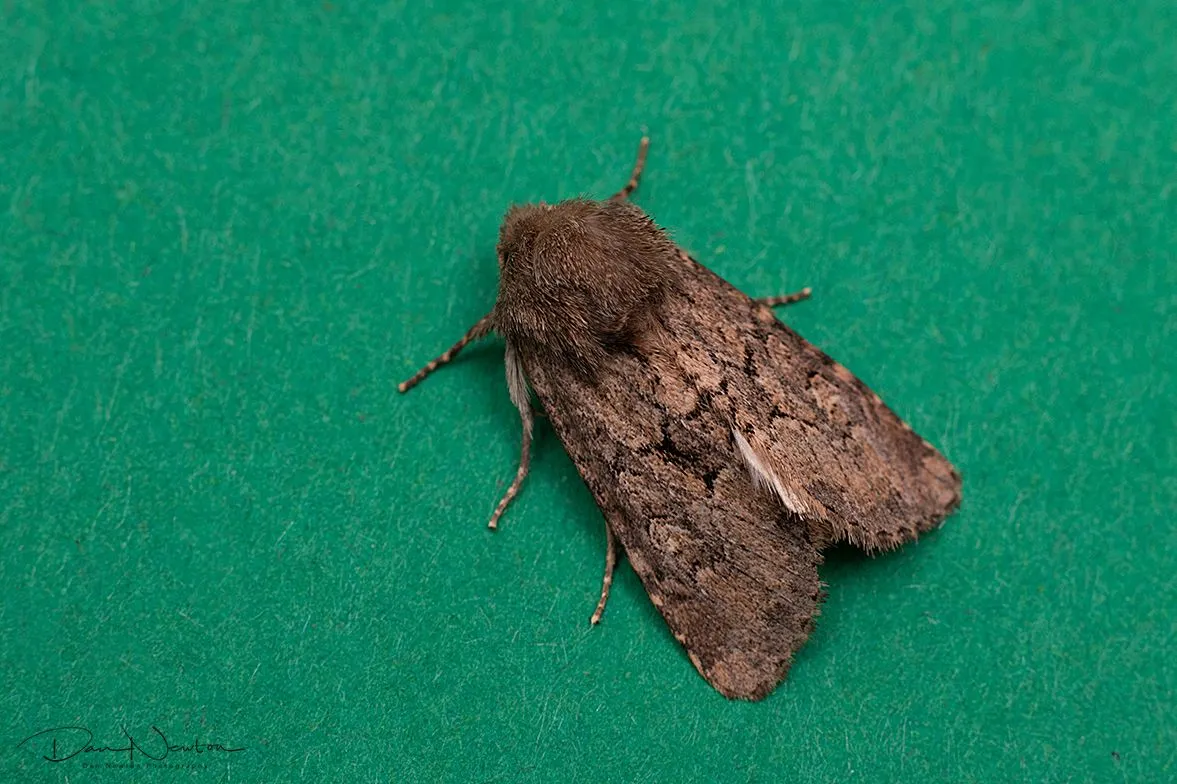
Flounced Rustic - Luperina testacea
And then there is species like this Flounced Rustic, which is common and widespread for the time of year.
The session was looking to be a bit boring, but fortunately at about 1AM there was a flash of colour:
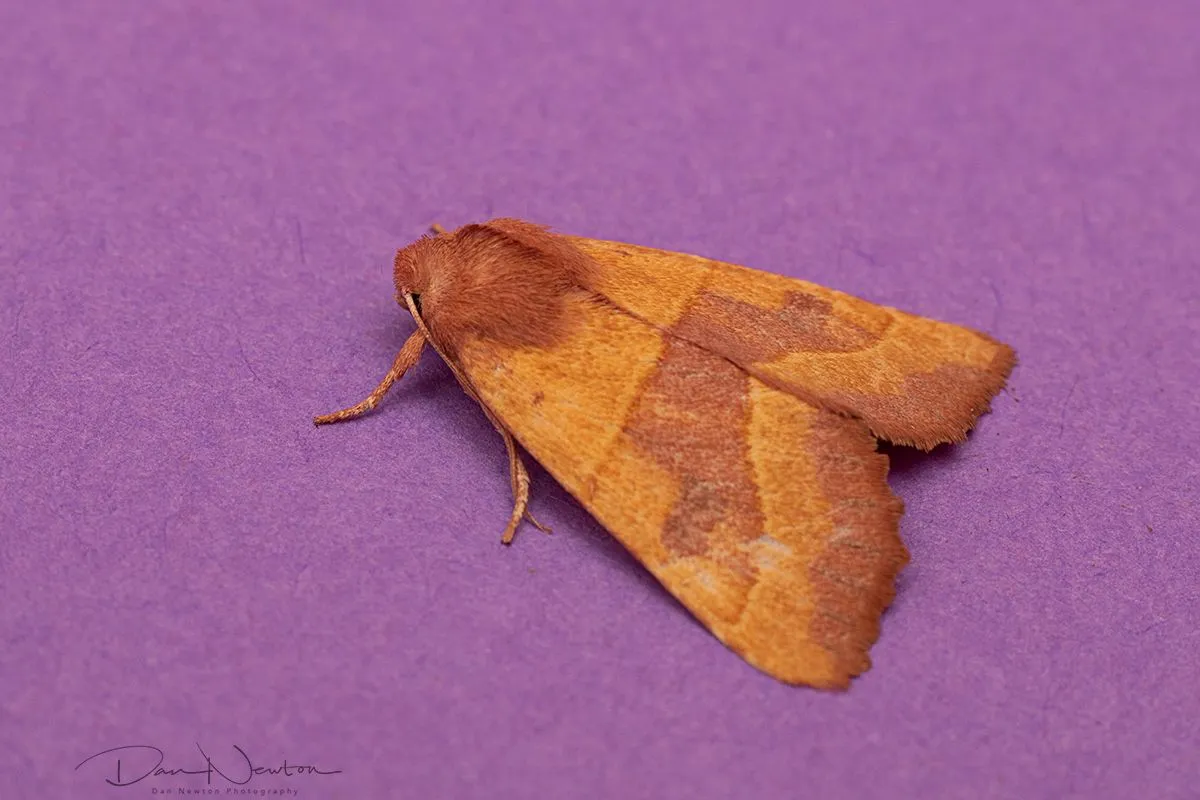
Centre-barred Sallow - Atethmia centrago
Thats a bit more like it!
This Centre-barred Sallow gets its name from the the pink bar that goes across the middle (center) of its wings. There is a Barred Sallow out there somewhere with the pink bar along the end of its wings.
Anyway the yellow and pink colours are certainly eye catching enough, and I don't see this species very often at all so this was a nice surprise. Its also a moth that typically flies in the Autumn, so seeing this tonight is a sign that Summer is drawing to a close.
Bonus Picture
Another sign of Autumn is the appearance of these Harvestmen. They may look like spiders, and they are Arachnids, but they are from a different order of invertebrates: Opiliones.
Clues that that are a different family include eyes, Spiders have 6-8 eyes, Harvestmen only have two.
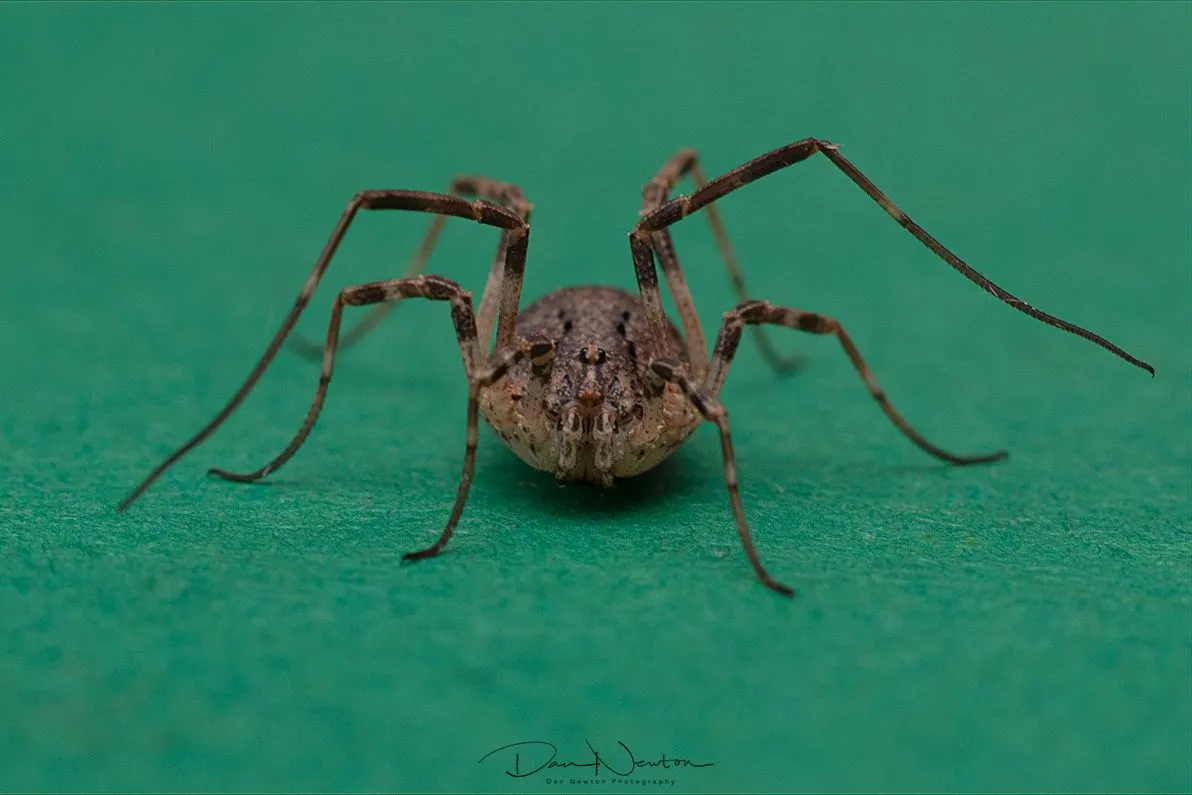
Another clue is that Spiders have 2 body segments (head and abodomen) whereas Harvestmen only have 1. Remember, Insects have 3 segments (head, thorax, abdomen)
Over the past 4-6 weeks I have seen these increasing in size and number while moth trapping, and its only in the last week or so that the numbers have become more noticeable. Both of these species were abundant tonight, on the grass, on the various vegetation surrounding the trap, and at least 2 of them were inside the trap.
One was spotted walking over my foot while I was outside (I was wearing flip-flops), and yet because I know that they were not Spiders, I wasn't bothered in the slightest.
could it be simply because they are not called spiders? Are we only scared of spiders because we are told to be scared?
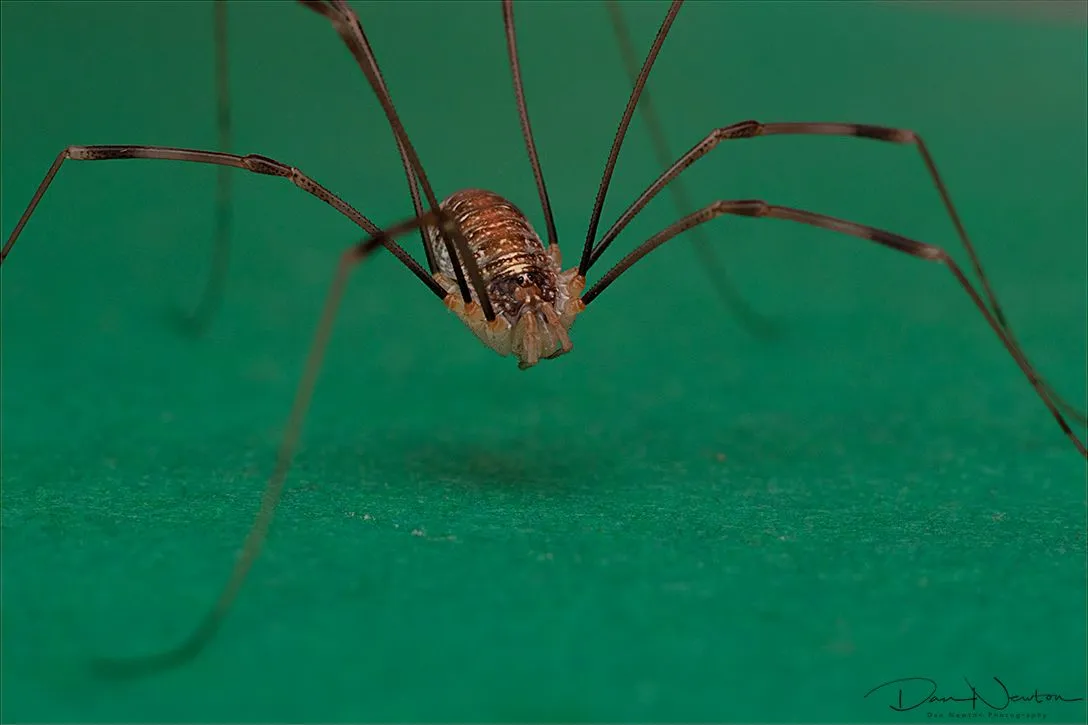
And with that unexpected philosophical note, I'll draw this report to a close. You never know what is going to appear each time you turn on the light, and tonight's results ended up being quite interesting in the end.
There was a definite 'chill' in the air, and on looking round the garden it is obvious that season is changing fast. I am past the 'peak season' for moth trapping, but there is still an opportunity to see different and interesting species over the next 2 months. So make sure you keep an eye out for the next session in the next couple of weeks 😉.

Notes on Pictures: Since I started moth trapping 5 years ago, I have been slowly building up collection of Library Images. The idea being that once I have taken a picture of a particular species of Moth, I don't need another picture of the same species a year later. It’s a waste of time and energy. I only take pictures of new species, or of moths that are difficult to ID, so I can get the records verified.
While in my care, all individuals are looked after, and after Photographs have been taken, they are all released safely outside.
All names confirmed and checked via Wikispieces
Further Research from UK Moths and NatureSpot

If you have any thoughts or opinions on this article then I'd love to see your comments.
And if you really like the content then maybe you would like to upvote or re-hive it.

Check out my website for more of my work.
